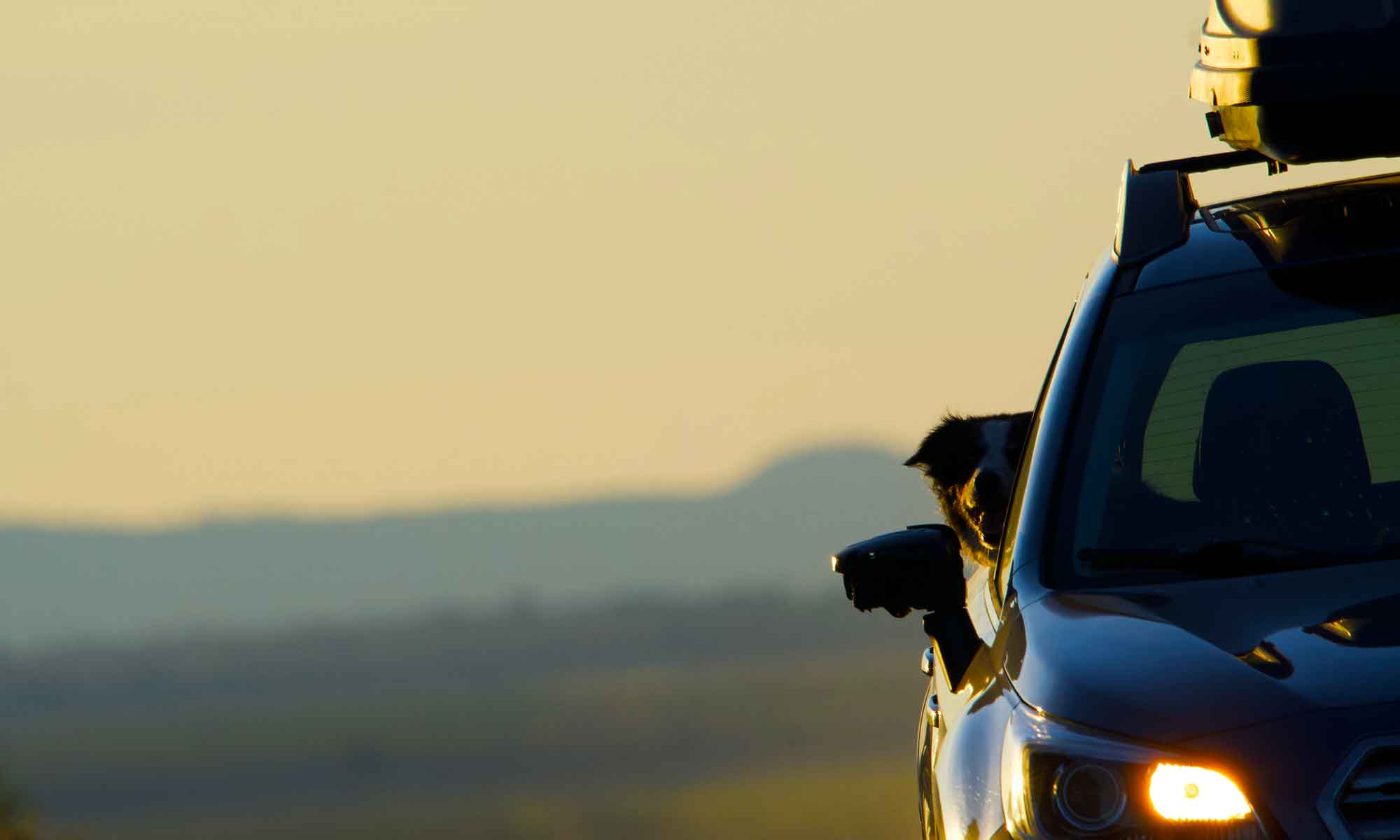
The Internet is overflowing with food and diet advice. The problem is sifting through all that clutter. In the past few months we’ve been using EatingWell to build meal plans and make our daily lives better.
However, this post isn’t about diet but rather a discovery we made through that search. Zucchini noodles are a great replacement for pasta and with a few simple steps very easy to prepare.
I have an excellent mandoline and can julienne like a pro, but these babies can be finger shorteners. Luckily, there is a much safer and cheaper solution … the spiral slicer.
 Again the Internet is packed with a variety of these. But our advice is to avoid the small handheld tubes and go with a horizontal crank type, The above link is the one we use, but you can find similar models … on-line.
Again the Internet is packed with a variety of these. But our advice is to avoid the small handheld tubes and go with a horizontal crank type, The above link is the one we use, but you can find similar models … on-line.
The 2mm noodle blade works best for most pasta dishes. Keep in mind that the stream of veg coming out the cutter blade can get unruly. Making use of kitchen shears when moving raw noodles to the cooking vessel works well.
 Cut zucchini in half and place the cut side next to the blade. This does two things. First, it makes it easier to cut, and finally it moves the waste to the end you would have trimmed anyway.
Cut zucchini in half and place the cut side next to the blade. This does two things. First, it makes it easier to cut, and finally it moves the waste to the end you would have trimmed anyway.
Once cut, we typically give them a quick ‘wilt’ in a skillet over medium high heat with a teaspoon of oil (or quick spray). Not looking to do much more than pull the moisture out, but then we like a bit of crunch so you can cook them down to personal taste. A steam basket in the microwave works just about as good and again, the idea is to draw out water.
 They don’t keep well, so you do need to make them fresh. Pair them with any sauce you choose. They are especially good with basic pesto stirred in at the end of the sauté. Just be sure to drain any excess liquid first.
They don’t keep well, so you do need to make them fresh. Pair them with any sauce you choose. They are especially good with basic pesto stirred in at the end of the sauté. Just be sure to drain any excess liquid first.




 Kokanee Karnival
Kokanee Karnival Perhaps not so coincidentally on Earth Day this year, we participated by helping other Sunriver Anglers serve lunch to 100 hungry elementary students, teachers and volunteers. This was part of Kokanee Karnival’s Angling Clinic Experience.
Perhaps not so coincidentally on Earth Day this year, we participated by helping other Sunriver Anglers serve lunch to 100 hungry elementary students, teachers and volunteers. This was part of Kokanee Karnival’s Angling Clinic Experience.

 Vary textures
Vary textures A feast for your eyes
A feast for your eyes









 The museum’s curated projects go beyond the boundaries of their exhibit space set on 135 acres south of Bend. One of these events is a lecture series held at McMenamins Old St. Francis School.
The museum’s curated projects go beyond the boundaries of their exhibit space set on 135 acres south of Bend. One of these events is a lecture series held at McMenamins Old St. Francis School. This past week we learned about “First Foods Management with a River Vision.” Eric Quaempts, Director of Natural Resources for the Confederated Tribes of the Umatilla Indian Reservation, spoke about a unique approach to water management and natural resource development. His department makes decisions based on the concept of water being a First Food; water, fish, game, roots and berries.
This past week we learned about “First Foods Management with a River Vision.” Eric Quaempts, Director of Natural Resources for the Confederated Tribes of the Umatilla Indian Reservation, spoke about a unique approach to water management and natural resource development. His department makes decisions based on the concept of water being a First Food; water, fish, game, roots and berries.